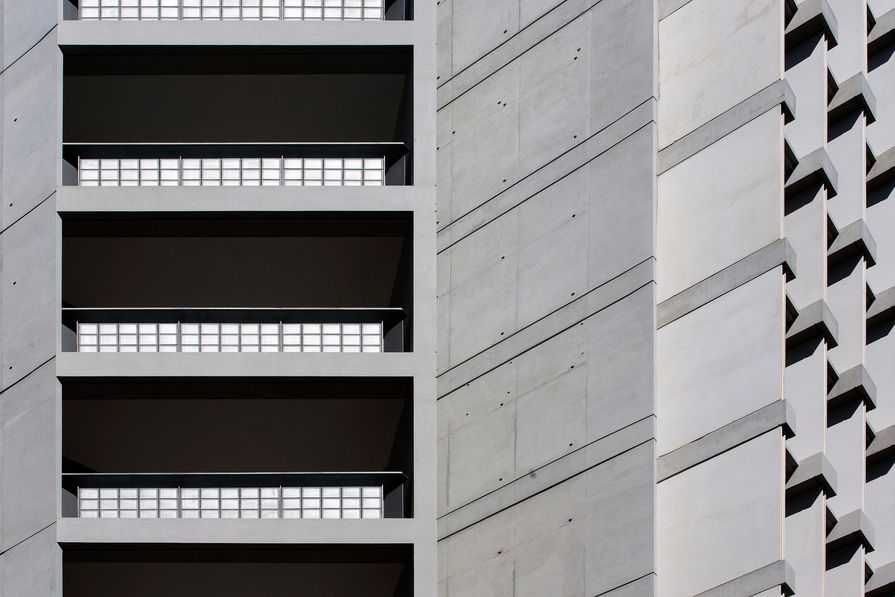Dear Angelo, you suggested I write you a letter of sorts, as an intimate critique of your building, in lieu of taking a measured and distant position about it. The latter, you said, would offer little to the reader or the critic that couldn’t otherwise be extracted from the glamour photography accompanying the review; you also wished to learn something through this process. So at your request, following are my enjoyments and criticisms of the Pelican Street apartments in Surry Hills, Sydney.
I admit, the thought of reviewing Pelican Street was intimidating – what would I have to contribute to a critique of marketable apartment floor plans, efficient cores and slab spans, plot ratios and development yield? While obviously part of the remit of your practice’s rigour, such pragmatics never entered our conversation. The notes I made of our discussions were of fundamentals of architecture, of things that have always existed: walls and rooms, light and privacy. These are the acts of architecture discovered in your building.
Our time at the building consisted mostly of pausing to observe what you described as “the nature and potential of the site manifest in form and space.” Only our conversation (with interludes of poetry and translations from Ancient Greek) breaks the beautiful silence of the rooms that you and your colleagues have crafted. “Architecture is not the preoccupation of my work,” you said. “What I ‘feel’ is what preoccupies me … to discover what is already in existence, the presence of all things.” You offer that the act of design is “to discover and act creatively to produce that which is not apparent or easily predictable.” It’s a beautiful premise.
Read the full article here

